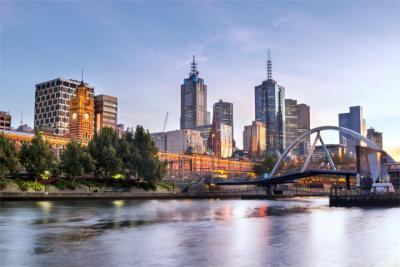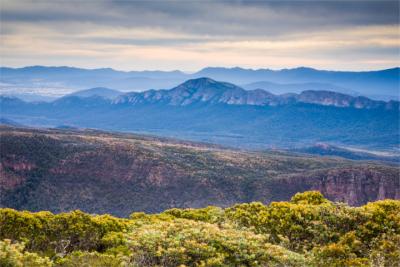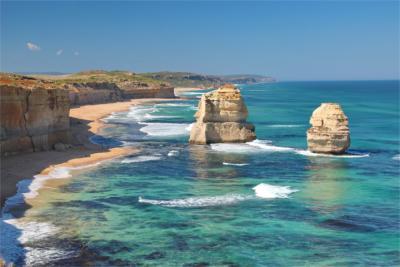Travel Offers
Travelmyne Featureprint
Distance
Grampians - An Ecological Treasure Chest
Impressive rock formations and waterfalls, kangaroos, koala bears and wallabies in the wild and the legacy of the aborigines - the sandstone mountains of the Grampians are a natural treasure chest in the west of Victoria, which invites travellers to go on natural adventures and experience cultural history.

Geography - In the west of the Great Dividing Range
The Grampians are the western foothills of the Australian Great Dividing Range. The national park of the same name has an area of about 167,000 hectares and lies about 250 kilometres west of Melbourne. The highest peak of the low mountain range is Mount William with a height of 1,167 metres. Its central town is Halls Gap. The Grampians consist of four ranges: Mount William Range, Serra Range, Victoria Range and Mount Difficult Range. The climate in the region is pleasantly mild, although temperatures can reach up to 35 °C in summer.
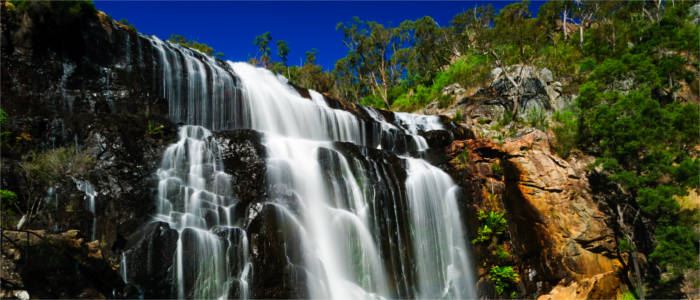
Nature - An impressive flora and fauna
The Grampians are impressive sandstone mountains which fascinate with steep faces, overhanging rocks, rock formations (pinnacles and balconies), numerous waterfalls (MacKenzie Falls, Nigretta Falls, Beehive Falls, Wannon Falls), streams, rivers, lakes (Lake Bellfield, Lake Wartook) as well as a unique flora and fauna. This abundance of natural sights is the reason why the area around the Grampians National Park is also referred to as Victoria's "Ecological treasure Chest". Besides the wonderful flora, which consists of wild flowers, eucalyptus forests and grass trees, it is the fauna which delights many visitors. You can watch kangaroos, emus, parrots, cockatoos, koalas and wallabies in the wild here. In addition, holidaymakers can spot the Australian white and grey kookaburra in the Grampians, which can be heard on the camping grounds at night with its hysterical "laughter".
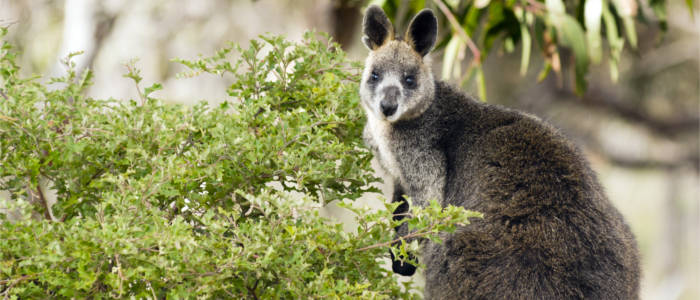
Culture - The legacy of the aborigines
Travellers can see several rock and cave paintings on the impressive rocks in the Grampians which are reminiscent of Australia's native inhabitants over 20,000 years ago. Beside the sites Billimina, Bunjil's, Gulgurn Manja, Ngamadjidj, the Brambuk Living Cultural Centre in Halls Gap gives information on the culture of the aborigines with the help of exhibitions, films, theatre performances and presentations. The mountain ranges were a mystical place for the aborigines, which they called "Gariwerd". They were only named "Grampians" by the discoverer Thomas Livingston Mitchell in 1836 because they reminded him of the Grampian Mountains in Scotland.
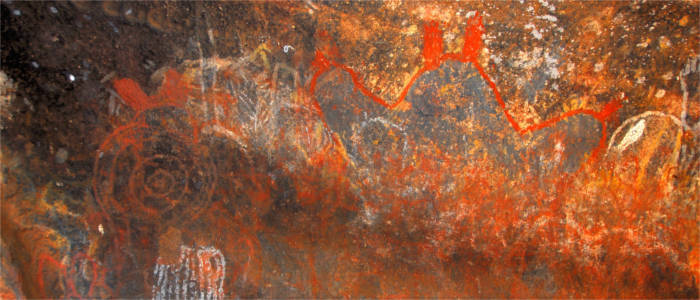
Experience - Wine and gold mining tunnels
You find several vineyards and wine-growing estates in the area around the Grampians where you can taste the local wines. The region of the Great Western has been famous for growing wine since 1863. Travellers should visit the Seppelt Great Western Winery, whose underground vaults consists of former mining tunnels. The town of Halls Gap is a great destination for tasting local delicacies and going shopping. It has several restaurants and a small shopping centre.

Activities - Hiking to the Balconies or the MacKenzie Falls
The Grampians are a real paradise for adventurers, climbers, mountain bikers and hikers. Breathtaking gorges, unique rock formations and high mountain peaks are waiting to be discovered. The Grampians National Park is crossed by over 200 kilometres of hiking trails of various levels of difficulty. Many of them lead to observation points such as the Balconies or a waterfall such as the MacKenzie Falls. Holidaymakers can go swimming in as well as canoeing and kayaking on the region's lakes and rivers. Paragliding is another popular leisure activity. In addition, many travellers spend a night on one of the regional camping grounds, where they experience both the region's flora and fauna at first hand. A popular attraction is the Halls Gap Zoo, which is home to over 100 animal species.
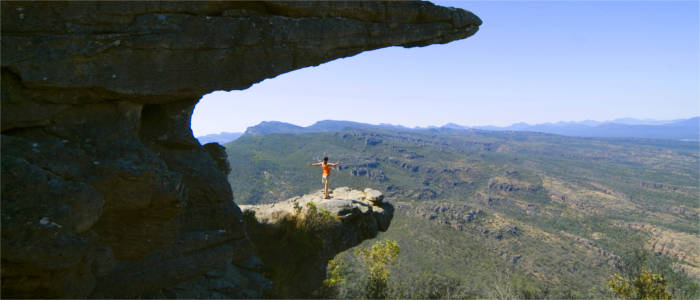
Information
In principle, you can go on holiday in the Grampians at any time of the year but autumn and spring are most highly recommended. Travellers arrive via Melbourne Airport (MEL) or the Western Highway. Visitors who do not want to rent a car should use the bus connection to Halls Gap.
The sandstone mountains of the Grampians are the perfect holiday destination for hikers, climbers, adventurers and lovers of nature. Culture enthusiasts do not go short either because unique cave paintings take them back to the time and culture of the native inhabitants.

